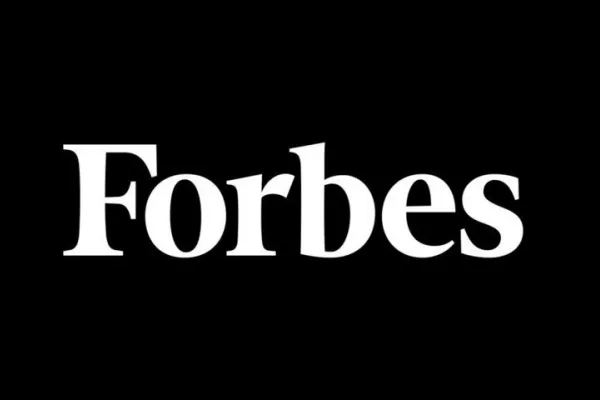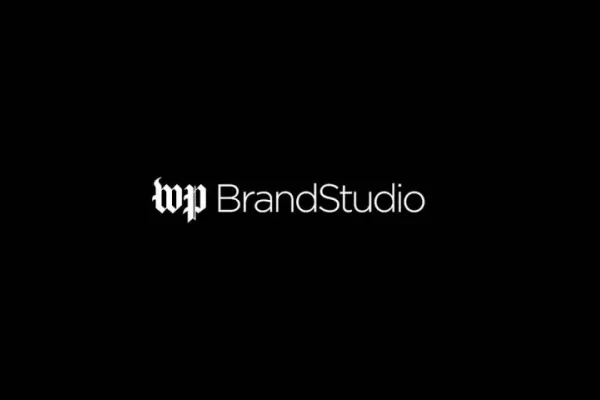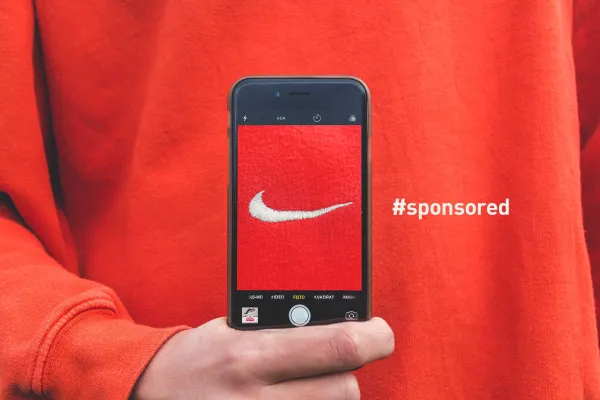 Details
Details

By Giladde Vries
Senior Vice President of Strategy, Outbrain
Connect
Millennials have become the most desirable audience for most brands.
This is understandable, as they are the largest generation on our planet. They are the future of mass consumption, and set the tone and trends for the rest of the content landscape. And by 2018, millennials will have the most spending power of any generation.
Not to mention, they are different — the most affluent and educated generation in American history with over 63% possessing a Bachelor’s Degree. Born and raised surrounded by all things digital and in a more connected world than ever before, they buy fewer cars, shy away from credit cards, and have all but given up on cable subscriptions and newspapers.
Their social interactions and content consumption patterns are vastly different than previous generations too. They learn about products and services through word of mouth, social media, and content, not from TV ads. They research before buying and often complete purchases through their mobile device.
Most importantly, they watch less and less linear TV with a decline in the double digits, even for older millennials! They DVR, time shift, VOD, and watch OTT along with online video.
RELATED: 13 Mistakes Content Creators Make When They Do Native for a Young Audience
How Millennial Content Consumption Habits Change Everything
But this doesn’t mean they consume less content. What it means is that they watch less ads and are in more control of what they decide to watch and when.
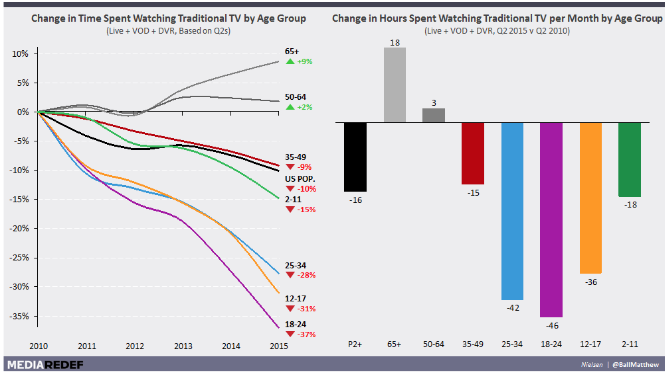
Radio listening is changing too and in the past five years, the percentage of people who tune in online has almost doubled, rising from 27% in 2010, to 53% in 2015. The vast majority (73%) listen on their phones, and for the first time, it’s mostly to streaming services like Pandora and Spotify as well as podcasts, not AM/FM broadcast stations.
RELATED: How to Do Native Advertising on TikTok
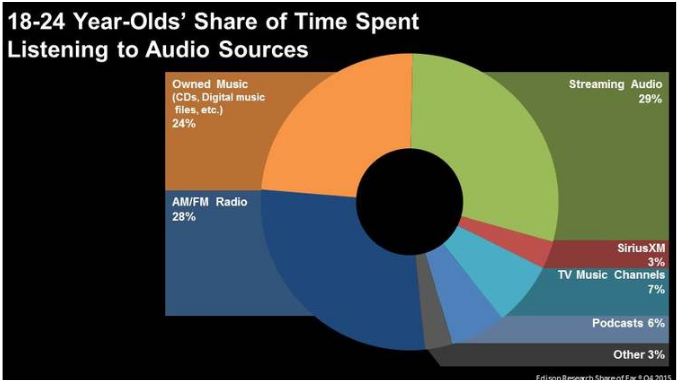
This generation is not willing to be bombarded with messages. They want their content, but are not willing to trade it with interruption. Here is some hard proof...
In an article published by eMarketer’s June edition, it was estimated that more than 25% of Internet users will block ads this year. This means more than 85 million people in the US and over 400 million people worldwide.
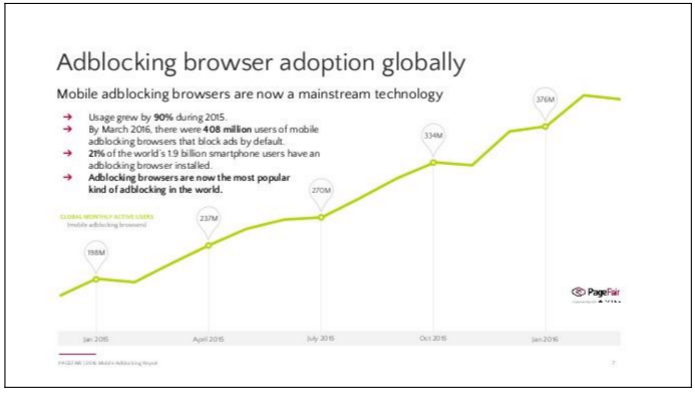
RELATED: Publishers, Advertisers & Ad-blocking Users Benefit From Acceptable Ads Technology
So How Do You Get Millennials To Notice You?
The answer is simple. Well, simple to understand conceptually, at least. Executing well on the answer may be something entirely different. Here’s the secret: Stop pushing. Stop interrupting. Start pulling.
After everything I’ve shared above, how come most brands still spend over 90% of their total budgets on push strategies including TV, radio, magazine, and billboard ads?
In the next few years I believe most brand will come to realise these tactics, which are already becoming less and less effective, are not worth such a large portion of their media spend for almost an entire generation people who choose not to be disrupted.
Here’s where their focus should lie: Story and value.
Instead of focusing on tactical execution efficiencies like native, programmatic, and RTB or talking about taglines, campaigns, and interruptive commercials it should be about what it takes to get them to engage with us.
We should be asking questions like:
• What is our unique story?
• How can we add value to our consumers?
• How can we be memorable?
• How do we get them to choose us?
• How do we create a real relationship with them?
Gone is the era of interruption.
RELATED: Display ads vs native ads - what's the difference?
Welcome the Era of Choice-Based Marketing
Getting the millennial generation to engage is all about having a reason for being and telling a story. Not in a campaign, but rather as a way of everyday life. This often requires changing whole organisations from the ground up.
But change is hard, and many will probably fail trying.
That only means the prize for those who get it right will be so much greater. Try not to feel too bad for your competitors, or those continuing to add to the clutter.
RELATED: How to Write Perfect Headlines
Hopefully, they won’t just be creating content that’s easy for them to produce or that they think will be best for SEO or conversions.
To succeed, they must ask themselves one question: Why should consumers care?
For marketers, this means making sure that you differentiate your content offering. Ensure it is unique, that it genuinely adds value, and don’t forget to ask yourself whether anyone would miss it if it were gone.
Want more? Sign up for the Native Advertising Institute Newsletter and get insights from the people who live and breathe native advertising.
Photo credit: State Farm/Flickr
